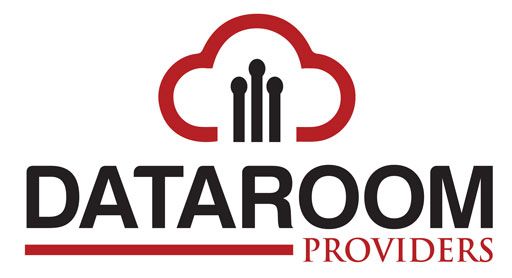
In a surprise move announced in September 2013, Microsoft inked a deal with Nokia to acquire Nokia’s devices, patents, licenses and services. The total price of the agreement was €5.44 billion in cash.
From a position of financial strength, Nokia ties itself up in its phones and patents, and you may wonder why Microsoft didn’t just buy the company outright instead of collaboration.
When deciding to buy a business, the option of whether to draft the sale agreement as a purchase of stock or asset is a very vital component to consider. In general, many company acquisitions may entail a profound effect on equity purchases but not until when additional investigation discloses that the buyer may have just purchased the target’s selected liabilities and assets. In this case, Microsoft seems to have preferred the mode of acquiring assets in this form of transaction.
Below is an outline of some of the differences between share acquisition and asset acquisition.
What is a Stock Purchase?
It involves the purchase of the selling company’s assets as a whole, which means the acquisition of the company’s assets, liabilities, employees and any legal actions against it. In this event, Microsoft may have acquired Nokia’s assets but not its employees and liabilities.
The Pros of a Stock Purchase
1. One advantage of a stock purchase is that there is no re-titling of assets to the name of the buyer.
2. There are possible transfer tax benefits. Buyers may be able to avoid paying transfer taxes.
3. Stock purchases are usually a more comfortable pitch to sellers because of their simplicity.
The Cons of a Stock Purchase
1. Despite the potentiality of gaining from transfer taxes, the buyer receives neither the advantage of picking assets and liabilities nor the stepping-up tax benefit.
2. Buyers have to pay for goodwill as part of the transaction because it is not tax-deductible when it is in the form of a share price premium.
3. If the company is large, you may be required to deal with smaller shareholders, who may not be willing to sell their stocks, and this can drag out the whole process, thereby increasing acquisition cost.
What is Asset Purchase?
It involves the purchase of all or part of the assets of a business. In an asset sale, the seller remains the legal entity holder while the buyer only purchases some individual assets. For example, a large company can sell a specific part of its manufacturing line or geography.
The Pros of an Asset Purchase
1. Unlike stock purchases, asset purchase requires much less due diligence because there is exposure and unknown liabilities are limited.
2. An asset purchase allows the buyer to take advantage of the stepping up tax benefits.
3. Shareholders with less stock may not be an issue during asset acquisition as this will be more of a management decision.
4. The buyers dictate the liabilities they are going to presume in the transaction, therefore reducing downside risks.
The Cons of an Asset Purchase
1. As the seller of an asset, you will have to pay substantial capital gains taxes.
2. Some assets like buildings may need to be re-titled.
3. If part of the required asset is the critical employees, the employment agreements may need to be renewed or renegotiated.
4. Similarly, contracts with suppliers and customers, where they exist, may need to be renegotiated by the new owner.
Which One Works for Me?
Selecting the kind of acquisition transaction can result in important business-related and tax consequences for both the seller and the buyer. The first thing to ask yourself is what you are looking for from the acquisition. If you are concerned about some of the company’s liabilities, an asset purchase is the best way to go. If you are satisfied with the liabilities, then a stock purchase will be more attractive.
Both parties should explore the benefits and consequences of each type of transaction to determine the one that best suits their needs.
-
Data Security
-
Ease Of Access
-
Pricing
-
Supports & Customer services
